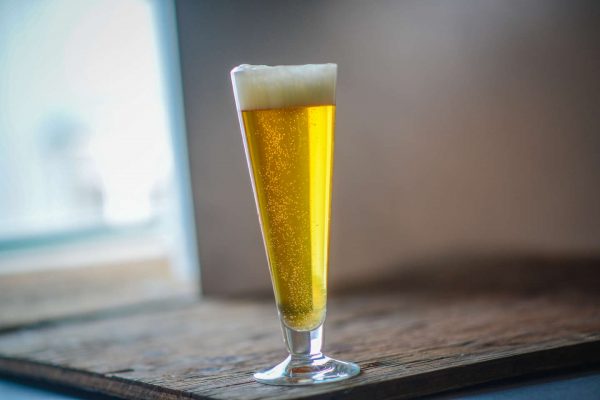
Put your knowledge of the world’s oldest beer styles to the test in this week’s Tuesday Beer Trivia quiz.
Beer and the history of humankind have long been intertwined. Where you find the earliest signs of culture, a fermented beer-like beverage is not to be found far behind.
Likely many of the oldest fermented drinks similar to today’s beers, meads and ciders were lost in obscurity, but some have managed to withstand the test of time and act as reminders of how the beers of today might not be so different as they were a few thousand years ago.
After you take the Beer Trivia quiz below, scroll down to “Beer Trivia Answer Explanations” section to learn more about the styles mentioned in the quiz.
[polldaddy type=”iframe” survey=”9236CC155D267454″ height=”auto” domain=”2491351″ id=”historical-beer-styles-1″]
Beer Trivia Answer Explanations
Click To Expand
Question 1: Juniper is usually the star of the show in Sahti, but it served as more than just an ingredient. Juniper branches, along with a layer of straw, were also traditionally placed at the bottom of a trough-like vessel called a kuurna. The wort was sent through the kuurna as a means of filtration, but also allowed the liquid to pick up some more of the juniper branch and berry character. Discover more about Sahti and how to make it at home.
Question 2: The first step to making traditional Chicha is moistening the maize with water, rolling it into a small ball and placing in your mouth. The natural enzymes (ptyalin) from human saliva work to convert the cornstarch into fermentable sugar. Discover more about Chicha and how to make it at home.
Question 3: At its oldest and most basic point, Grodziskie (also known as Grätzer) was simply an oak-smoked wheat beer, with a dose of noble hops and top fermenting yeast, typically weighing in at 2-6 percent ABV. Discover more about Grodziskie and how to make it at home.
Question 4: Coming in table strength (~3% ABV) and stronger (~6%) versions, Kottbusser’s use of wheat, oats, honey and molasses made it illegal after 1877 due to Germany’s strict Beer Purification Law. The law eventually stopped commercial production of Kottbusser and ultimately lead it to fade into obscurity. Discover more about Kottbusser and how to make it at home.
Question 5: From 1900 up until Prohibition, Kentucky Common made up about 75% of the beer sold in Louisville, KY. Eventually, the popularity of lager nearly wiped Kentucky Common off the map until homebrewers took an interest in the style in the 1990s. (Source: BJCP.org)





Share Post